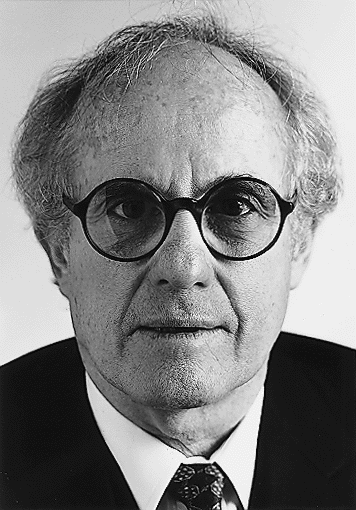Have you ever looked at a buy you received from an agency and wondered why they buy so little frequency? The classic buy we see in the industry. It’s 15 commercials per week for 6 out of 12 weeks.
It may be the work of one man: Erwin Ephron.

I wrote about Ephron reminding us not to hammer listeners like nails. Ephron is called the Father of Modern Media Planning, and he passed away eight years ago last week. He passed long before the dominance of internet spending for advertising over tv and anything else ( 2 to 1 over tv, in fact). Before he died, he was railing about the fractionalized media; it would be interesting to hear what he thought in 2021. Ephron, who worked in PR for Nielsen, was called a media guru when he introduced his Recency Planning strategy and wrote several articles on media buying from 1992-2005. His point was simple: The last impression to reach a consumer before the point of purchase was more valuable than any other, and that reach, not frequency was king.
Think more weeks at a lower frequency, he preached. Not great for selling 50 spots a week for a four-week schedule, but better at selling annual schedules. Erwin Ephron did endorse short flights with heavy frequency for new product launches because he reasoned the buyer was willing to overspend for shelf space.
I would rather have an advertiser stay consistent over a more extended period of time than one that comes in and out. We have a better relationship with the consistent buyer and can engage them in more sales opportunities year-round.
Erwin Ephron preached to national advertisers to buy more local media in specific vital markets to increase the buy weight. Maybe he was the inventor of Key Market funds too. He lectured media planners to do more than buy national network tv and buy more impressions closer to the purchase decision, so radio and in-store were winners. I imagine he would have endorsed mobile media and search engine marketing to a large degree as well.
His point about what gets a consumer into the market to purchase is worth reciting to clients. Ephron felt that, for example, if our car lease were expiring, that would trigger us to buy a new car on average- not ads that convince us to buy a new vehicle with increased connectivity. So, he figured, one exposure to a car dealer’s ad to car buyers whose lease was up was more effective than reaching three buyers who were not in the market and would tune the ad out anyway. And when radio owners complained that their share of media dollars would shrink because of a reduced frequency per station, Ephron explained that not getting bought at all was way more costly.
I think it serves us well to approach our 2022 annual buyers with this kind of strategy and encourage them to do the following:
- Buy more weeks at a lower frequency
- Buy Monday – Sunday 6 am-12mid
- Buy more stations in our cluster with a similar demo.
Since we never know when a person is ready to buy, it makes sense to be more consistent throughout the year. And, for listeners/consumers, it’s better to be the hammer than the nail.
Jeff Caves is a sales columnist for BSM working in radio and digital sales for Cumulus Media in Dallas, Texas and Boise, Idaho. He is credited with helping launch, build, and develop Sports Radio The Ticket in Boise, into the market’s top sports radio station. During his 26 year stay at KTIK, Caves hosted drive time, programmed the station, and excelled as a top seller. You can reach him by email at jeffcaves54@gmail.com or find him on LinkedIn.



